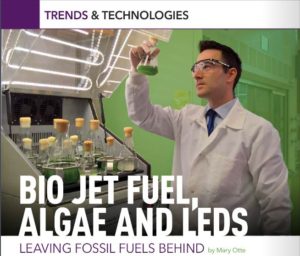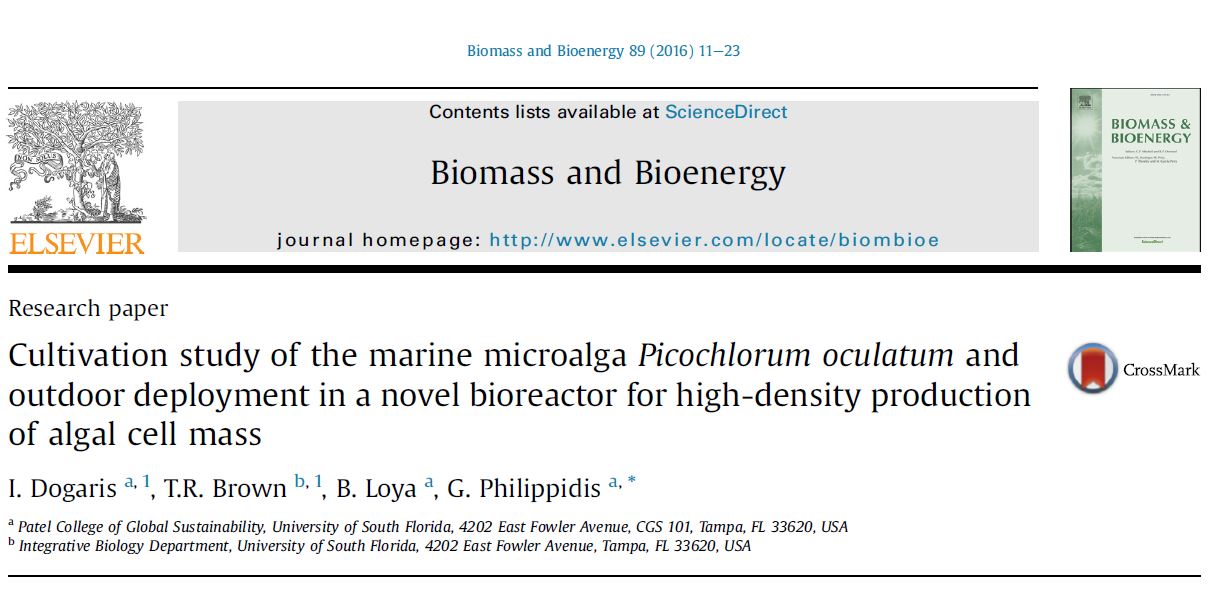Our algae research and recent publication featured in the June 2017 issue of the magazine Maximum Yield’s Industry News:
Bio Jet Fuel, Algae and LEDs: Leaving Fossil Fuels Behind, by Marry Otte. “From biofuel to plastics, Omega-3s to animal feed, growing algae via LED light panels lends itself to a bright, sustainable future according to a University of South Florida study.”
[Link to the article] or [Download PDF]

